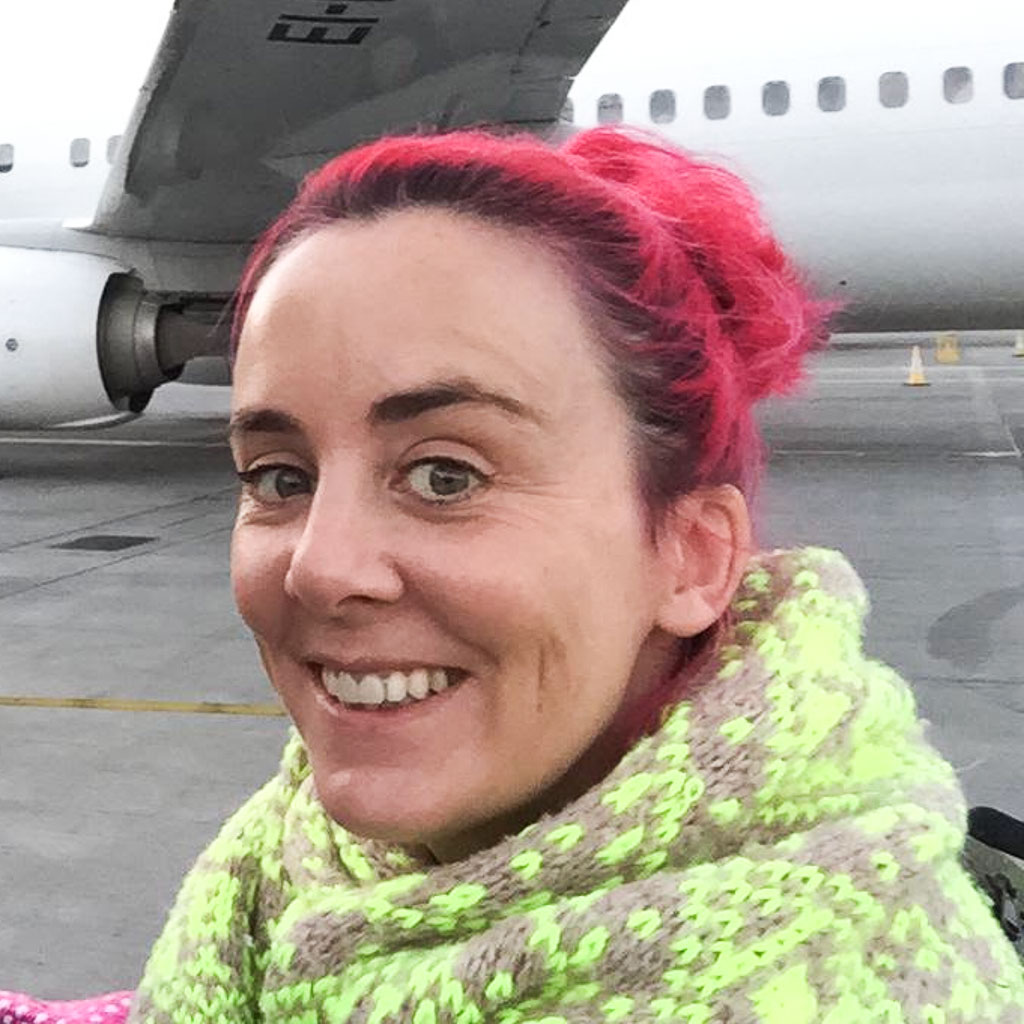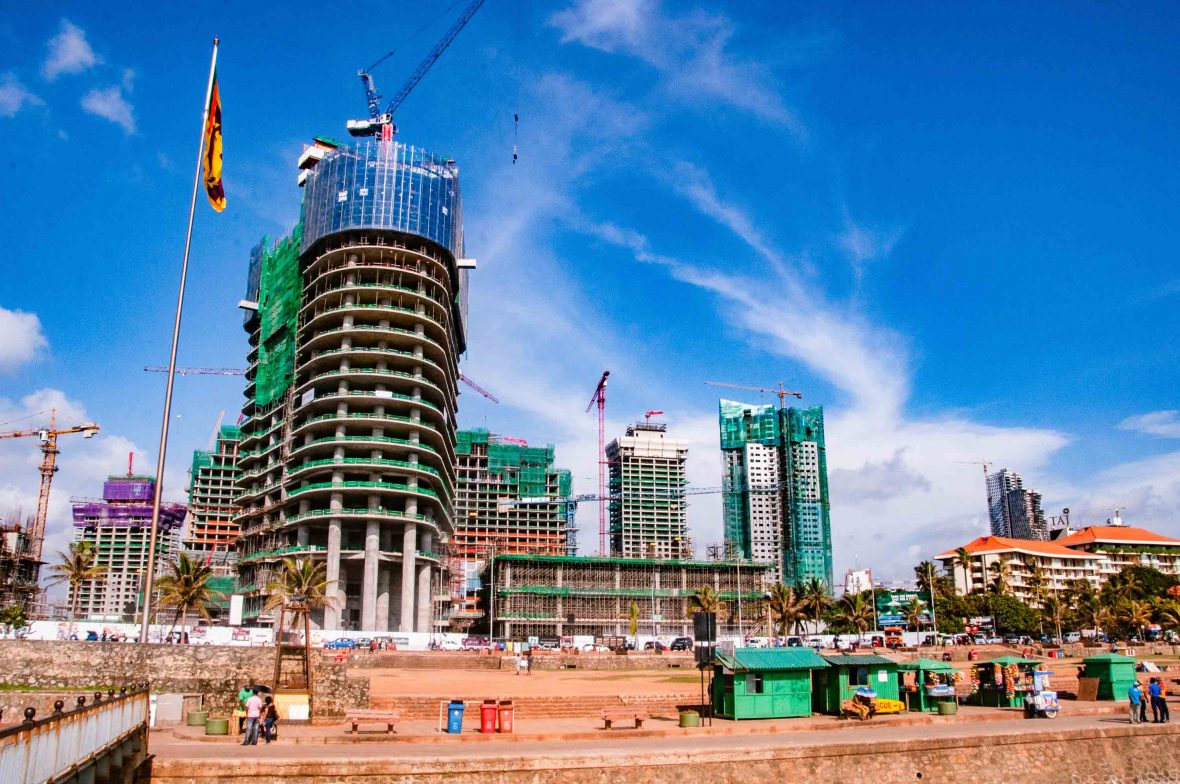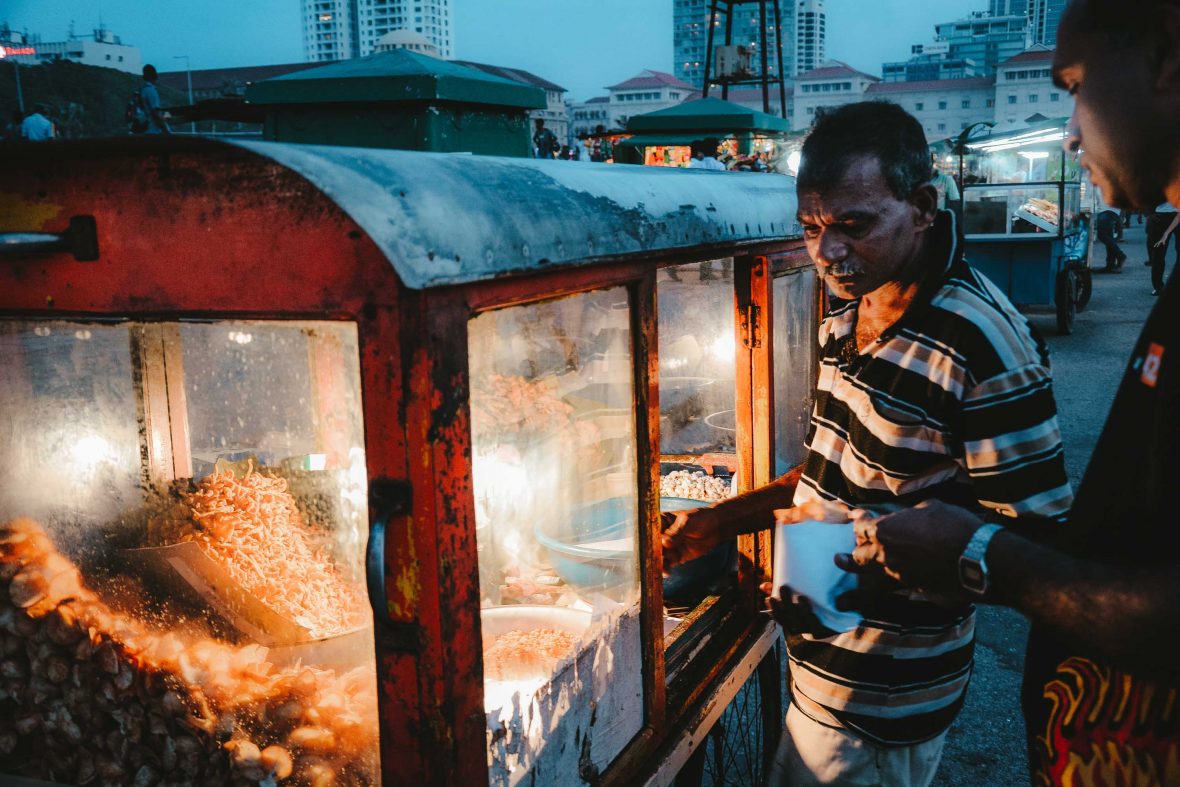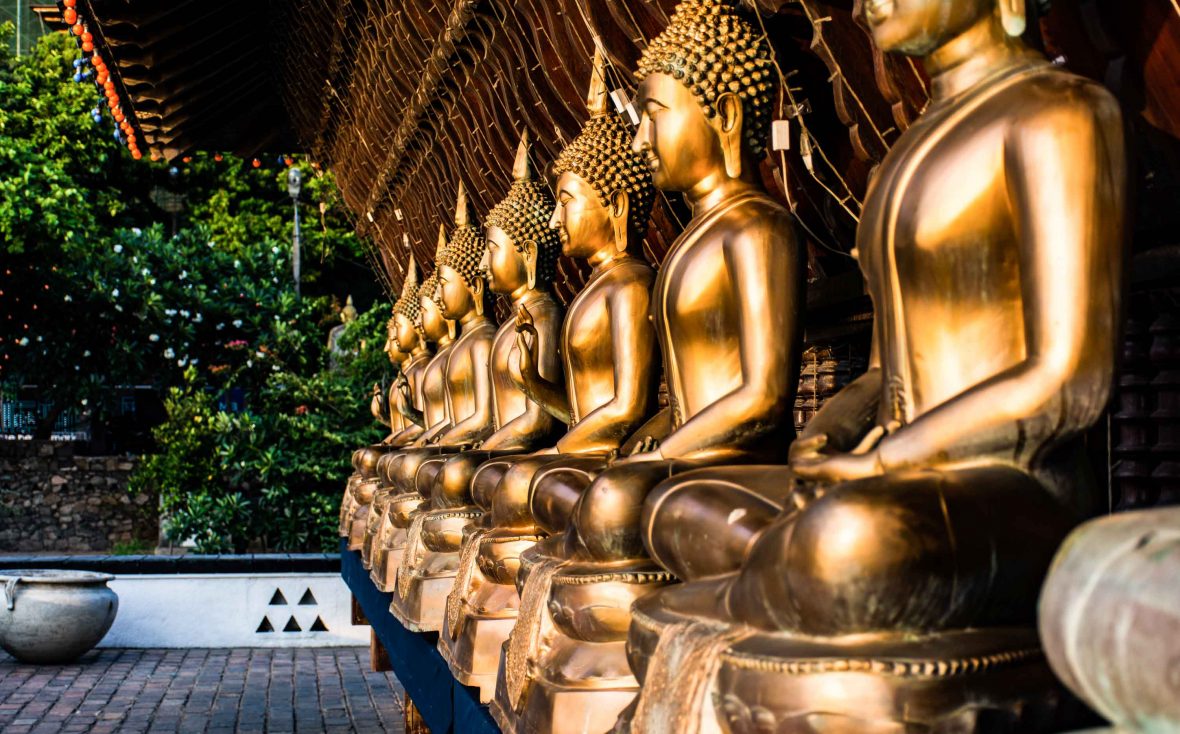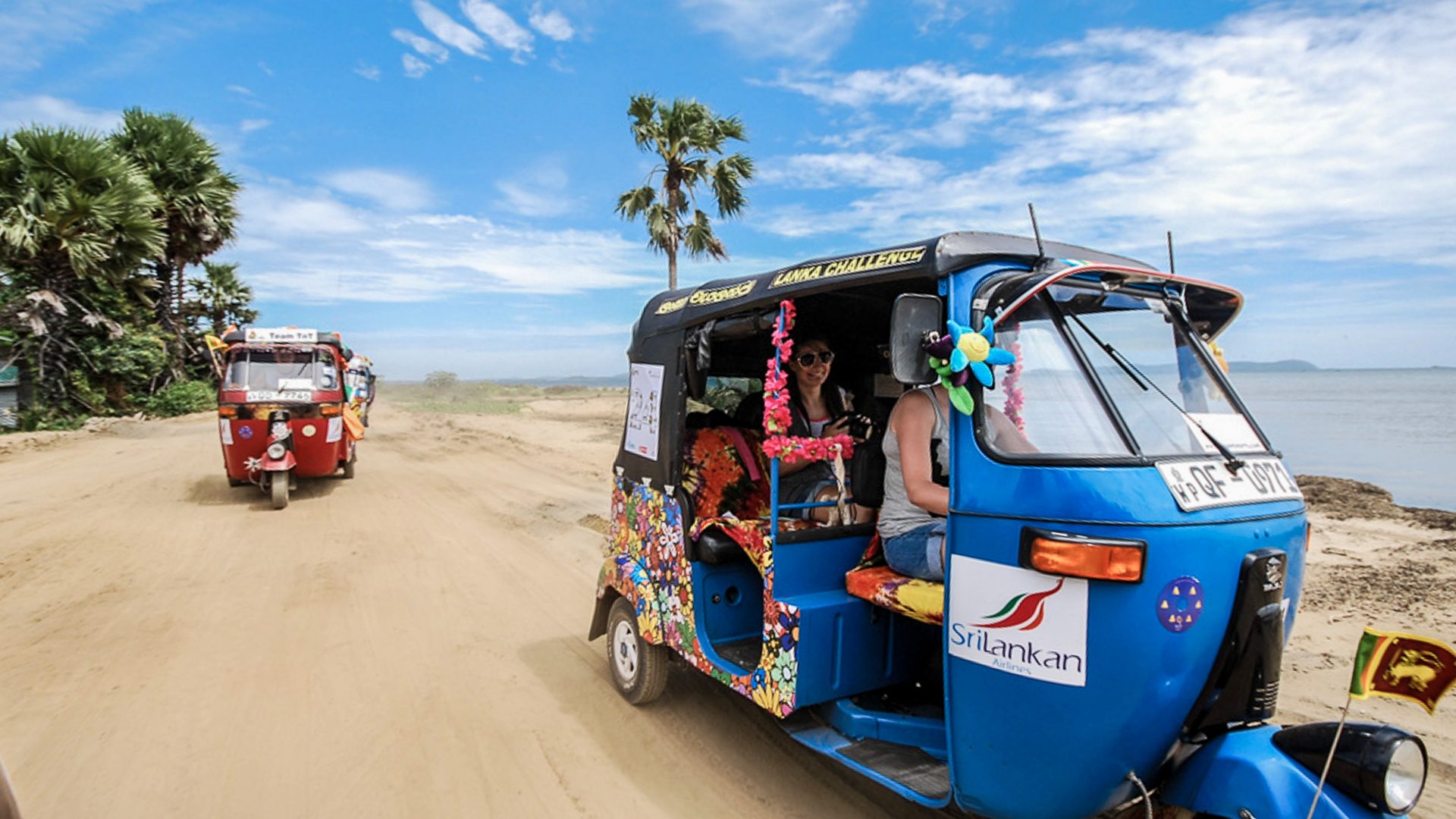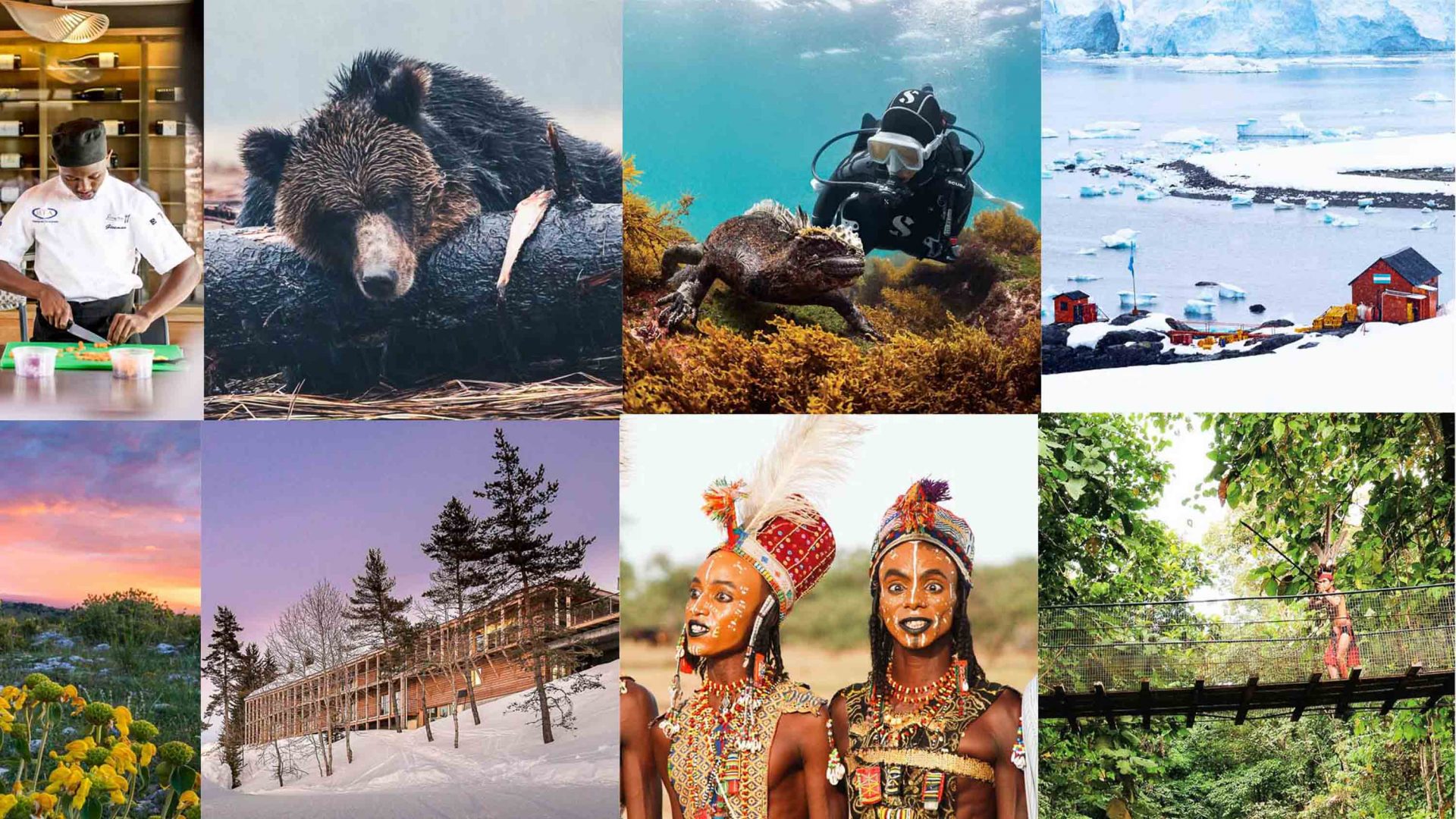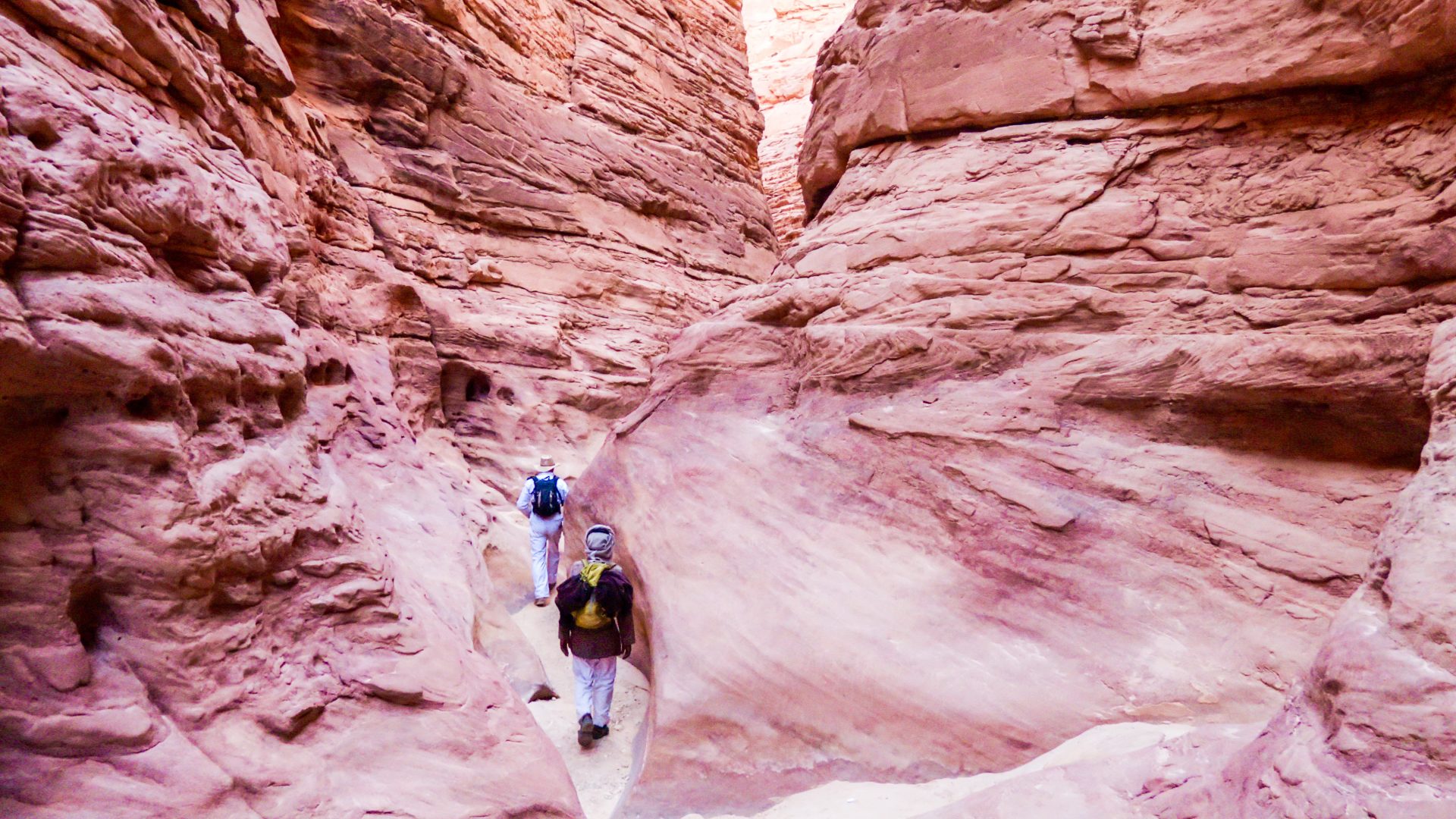Civil war, the tsunami, and more recently, the terrorist attacks. Sri Lanka, a traveler’s favorite, has not always had an easy time. Long-time fan of this island nation, Tamara Hinson explores the enduring appeal of its capital Colombo and finds it’s the locals who bring it to life.
It was certainly an unusual first visit to Sri Lanka. It was 2013 and I’d joined English cricketer Sir Ian Botham on his charity walk from one end of the country to the other.
His journey had started in the north, an area which was, at the time, somewhat war-ravaged and largely out of bounds to tourists. The civil war had ended in 2009, and a good chunk of the money raised from his walk was going towards various organizations tasked with helping this particular region. It was also a trip where I learnt much about Sri Lanka’s history.
Which is partly why I spent much of April, May and June 2019 embarking on frequent rants when I read headlines connecting April’s terrorist attacks to the country’s “troubled past.”
The attacks in Colombo were nothing to do with the civil war, and these headlines merely compounded the misery of Sri Lankans. News reports portrayed Colombo as a city riven by religious tension, despite the fact that it’s one of the most culturally diverse cities I’ve visited.
It’s a city where all major religious holidays, be it Diwali, Easter or Eid, are celebrated with equal gusto by its residents, irrespective of religion. And it’s no longer just a stopover city: Over the years, Colombo has emerged as an exciting urban metropolis.
RELATED: How to travel and make a difference in 2019
I certainly fell hook, line and sinker for the city when I arrived in 2013. It was the halfway point on Sir Ian Botham’s walk, and as much as I’d been taken by Kandy’s tea plantations, and the forest-fringed, temple-topped rock of Sigiriya, it was Colombo which left the biggest impression.
It’s often the simple things—the sun setting from the rooftop bar of the Kingsbury Hotel, as tuk-tuks and horse-drawn carts clattered down the potholed road running parallel to the mostly-undeveloped seafront.
That night, I gorged on cheap plates of isso vadai, lentil patties topped with tiny unpeeled shrimps—a finishing touch which gives them the appearance of fossil-imprinted stones—and a Sri Lankan delicacy I first tried during a tour led by local foodie Kieshokanth Krishnasamy.
Kieshokanth also introduced me to such local delights as faluda, a neon-hued, teeth-rottingly sweet combination of jelly, syrup and ice cream, and string hoppers, savoury snacks made from rice flour which resemble tightly-knotted bundles of string.
RELATED: Meet the woman dishing up Chiang Mai’s most delicious street food
Without Kieshokanth, I might never have braved the madness of the city’s fish market at 5am, just after it had opened for the day. As he steered me through the bedlam—the see-sawing cleavers wielded by fishmongers dissecting huge tunas, and the twitching, dagger-like snouts of six-foot swordfish—I lost count of the times I slipped on the tiled floor, slick with salt water and fish guts, only for a laughing local to grab my arm in an effort to keep me upright.
Then there are the city’s most famous attractions: The Jami-Ul-Alfar Mosque, with its chequerboard-like exterior and red-and-white, candy cane-like towers. And Pettah, which isn’t just home to one of the city’s biggest markets: It’s Colombo’s most diverse neighborhood. This diversity is often reflected in its cuisine, which isn’t always for the faint-hearted—you’ll see huge vats of mutton brain stew alongside delicate curry puffs made with fresh coconut.
Like much of Sri Lanka, the city is packed with temples, although Gangaramaya Temple is the one I’ll always remember. For hundreds of years, well-wishers who can’t afford to donate cash have left other trinkets instead. And the items, thousands of which are on display, are simply bizarre—you’ll find ancient cameras, thousands of pairs of spectacles, and hundreds of broken typewriters.
Colombo’s skyline will no doubt transform once more over the coming years. September 2018 saw the opening of the (rather unimaginatively-named) Colombo City Center shopping mall, where you’ll find two firsts for the country: The first multiplex cinema and the first cricket simulator.
The recent opening of several new bars in the Fort area has breathed new life into what was once primarily a business district, and when the 350-meter-tall Colombo Lotus Tower is completed at’ the end of 2019, it will become South Asia’s tallest self-supported structure.
“We’re all waiting for the official opening of the tower,” says Thushni De Silva who works as a local tours manager. “It’s already become a part of the Colombo skyline—and it’s a skyline which been changing at a speed which is difficult to keep up with!”
One thing’s for sure: Colombo is 100 per cent open for business. “Things have certainly settled down following what was a completely unexpected event [referring to the Easter bombings this year],” points out Abeywardhane. “It was like a hurricane passing through, albeit one which leaves calm waters in its wake. Locals are more gracious than ever to those who visit the city, and travelers will find the same friendly welcome, just with a little extra security.”

